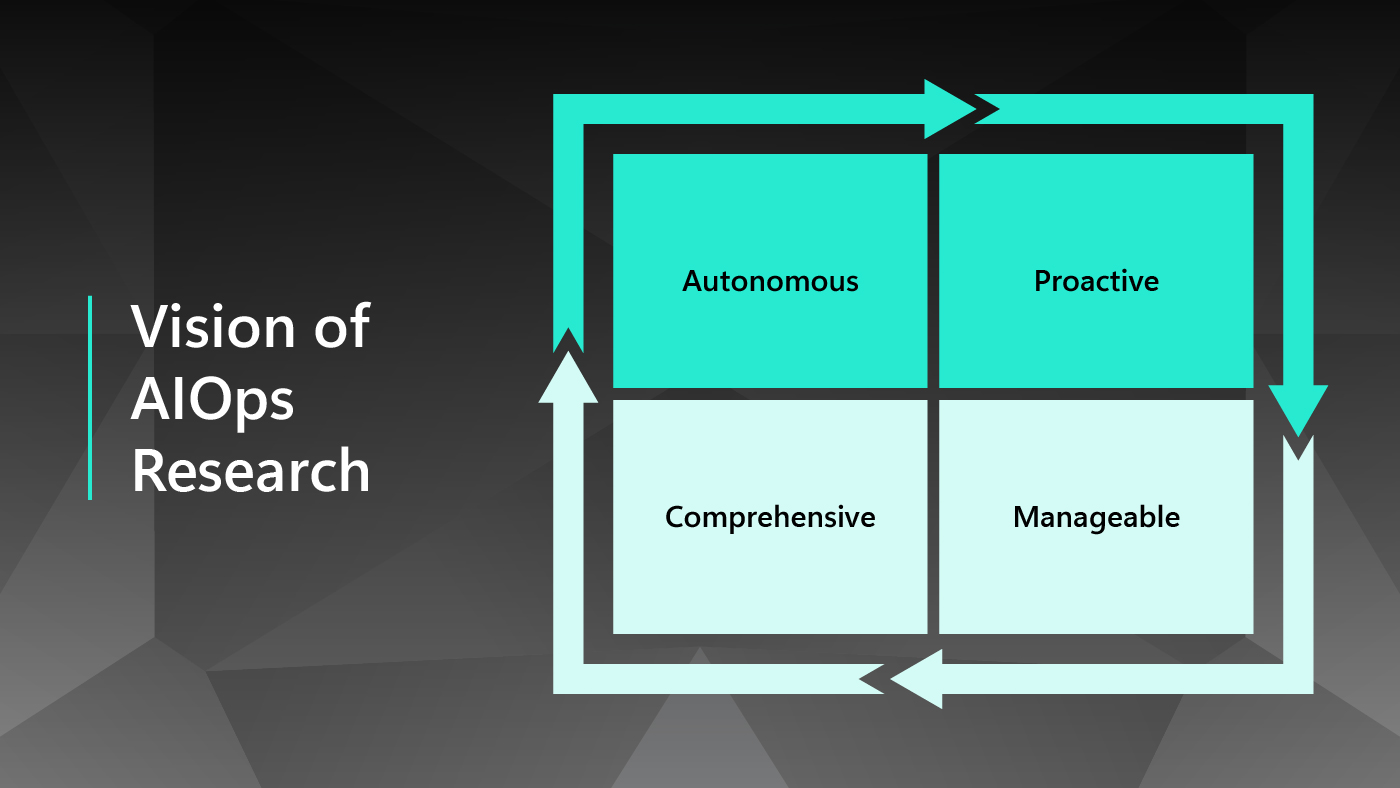By Suzanne Ross, Writer, Microsoft Research
Rico Malvar has always liked to build things.
“I used to build amplifiers when I was a kid. It wasn’t a big deal, but for a young kid it was. Then I got attracted by the idea that you could put sound and video into a computer. The thought that you could bring things from real life and fiddle with them and make something new was fascinating,” said Malvar.
Spotlight: Event
It’s no wonder he ended up leading a team of scientists who have produced projects ranging from a microphone array to live whiteboards to new ways to view and search for media.
 Malvar has worked at Microsoft Research for almost 7 years. He’d heard that Microsoft was agile, versatile, and different from other companies. “I didn’t know anyone here personally, just by reputation. But I sent Nathan Myrvold, who was Microsoft’s CTO at the time, an email saying ‘you don’t have a signal processing group, but you need one.’ The next day I heard from recruiting.”
Malvar has worked at Microsoft Research for almost 7 years. He’d heard that Microsoft was agile, versatile, and different from other companies. “I didn’t know anyone here personally, just by reputation. But I sent Nathan Myrvold, who was Microsoft’s CTO at the time, an email saying ‘you don’t have a signal processing group, but you need one.’ The next day I heard from recruiting.”
Malvar formed the Signal Processing group, which has since grown into the Communication, Collaboration, and Signal Processing group with sixteen members.
Malvar has a different way of looking at objects then the average person. Take sound, for example. Most of us listen to the sounds in a room, and they blend into one sound blob. Malvar hears sounds and thinks of channels. The music playing on your computer, voices on the phone, and audio from a Web cast are separate channels. By seeing them as channels, Malvar and his team have found ways to separate them from each other. The result is the ability to talk to someone using your computer without them knowing you’re playing your heavy metal music at the same time.
The group’s Live Whiteboard project is another example. In a meeting, you might see someone standing in front of a whiteboard writing notes. But Malvar sees ‘writing notes’ and ‘person in front of whiteboard’ as two separate channels. Because of this, his team has developed a system that shows remote viewers only the information entered on a whiteboard, without showing the image of the person who is writing.
What about people in a conference call? If you use a computer instead of a phone, you can separate the different voices, and improve the sound quality. “I don’t know about you,” said Malvar, “but when I’m on those calls I’m not always sure who is saying what.” His technology would allow us to hear each person’s voice loud and clear.
His goals for the group are simple.
- You should be able to do things with signal processing that you couldn’t do before
- Technology should be useful
“We’re looking for a better user experience. We always ask ourselves, ‘if I was just an average person using this stuff, what would I get out of it?’ We care about publishing papers, but we really care about the user experience, that’s number one.”





